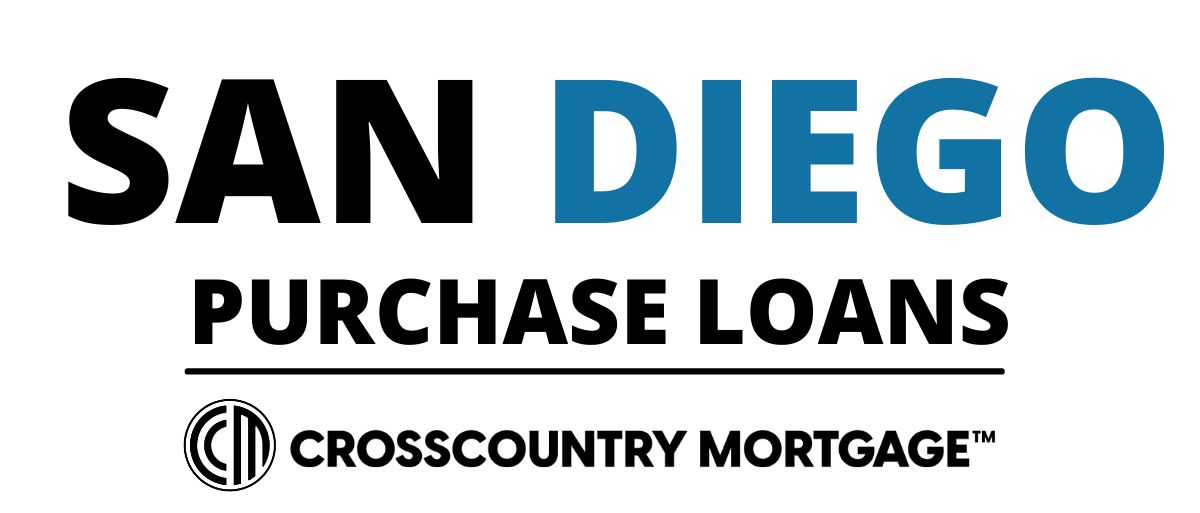The concept of private mortgage insurance first came about in 1958 when an insurance policy was created specifically addressed to help those who would not come up with the necessary 20 percent down payment in order to obtain a conventional loan. Even government-backed mortgage loans have their own form of mortgage insurance both as an upfront premium as well as annual premiums paid monthly. Yet conventional loans don’t carry such a government backed guarantee so the lender is assuming all the risk when approving a loan with a low down payment.
But is a private mortgage insurance, or PMI, policy really necessary? Is PMI something you should avoid? To see if PMI is a good option for you, it’s time to spend a few moments with a loan officer over the phone to see if a PMI policy is in your future.
How Private Mortgage Insurance Works
Here’s how PMI works in the conventional world. Say a couple want to buy a home and are saving up enough money for a down payment and closing costs. They want to put down as little as possible and have a goal of saving up 20 percent and getting a more competitive interest rate along with lower overall monthly payments. But getting that 20 percent will take some time based upon their current take home pay and current debt. Soon, their agent tells them a home that fits perfectly for them has just come up in the market but won’t last very long based upon the current list price. The couple takes a look at the house and of course falls in love with it but they so far only have 10 percent to be used as a down payment plus some extra for closing costs.
They decide to go ahead and speak with their loan officer who asks a few questions about the newly listed property. The home is listed for $250,000 and the couple have been pre approved for $230,000. With a 10 percent down payment, the loan amount would be $225,000. The loan officer then runs a few more numbers and suggests a private mortgage insurance policy. The additional monthly payment for the new PMI policy would be about $77 more per month added to their monthly payment. Their debt ratios are stretched just a bit but the additional payment is not enough to no longer qualify. But because the down payment is only 10 percent, the interest rate is slightly higher than they could otherwise get with a larger down payment. With a 20 percent down payment, there would be no
PMI required.

The 80-10-10 Option
Is there another way for this couple to buy the home they really want with only 10 percent down? Is there a way to avoid private mortgage insurance altogether and lower the monthly payment as much as possible? Yes, there might very well be. It’s called the 80-10-10 loan.
With an 80-10-10, there are two mortgages instead of just one. The first mortgage is at 80 percent of the sales price, therefore removing the need for mortgage insurance and a second mortgage at 10 percent of the sales price. The first mortgage would be 80 percent of the sales price of $250,000, or $200,000 and a second mortgage in the amount of $25,000. Let’s now say they select a 30 year fixed rate at 3.50% with a second lien of $25,000 on a 30 year term at 5.00%.
The mortgage payment on the first lien is $898 and the payment for the second is $134 for a total monthly mortgage payment of $1,032. Using the earlier example with just one mortgage along with PMI, the mortgage payment would be $1,010 + $77 = $1,087. With the 80-10-10 option, the total monthly payments are lower compared to just one mortgage at 90 percent and a PMI payment. This is one reason why borrowers seek options to avoid PMI.

Dropping PMI
Because PMI is not required on conventional loans when the loan amount is at 80 percent of the sales price of the home, once the loan amount naturally amortizes down to 78 percent of the original purchase price, regulations require the PMI policy be automatically dropped. Or, the borrowers could make extra payments to lower the balance or any combination of both.
When a homeowner thinks the property value has increased to the point where PMI is no longer necessary but has not naturally amortized to that level on its own, the homeowner can refinance the existing mortgage and remove the PMI policy altogether. When refinancing a loan to get rid of PMI, there are closing costs involved, as with any mortgage. Yet when compared with the 80-10-10 loan, there is no need to refinance to get rid of PMI because there was no PMI policy in the first place. Further, because there are no prepayment penalties, the second lien can be paid off at any time.
Avoiding PMI takes a bit of homework but your loan officer can run the numbers for you. But in most examples, using the strategy of two mortgages instead of just one, not only will your payments be most likely lower but there won’t be any need to refinance to get rid of PMI in the future.


